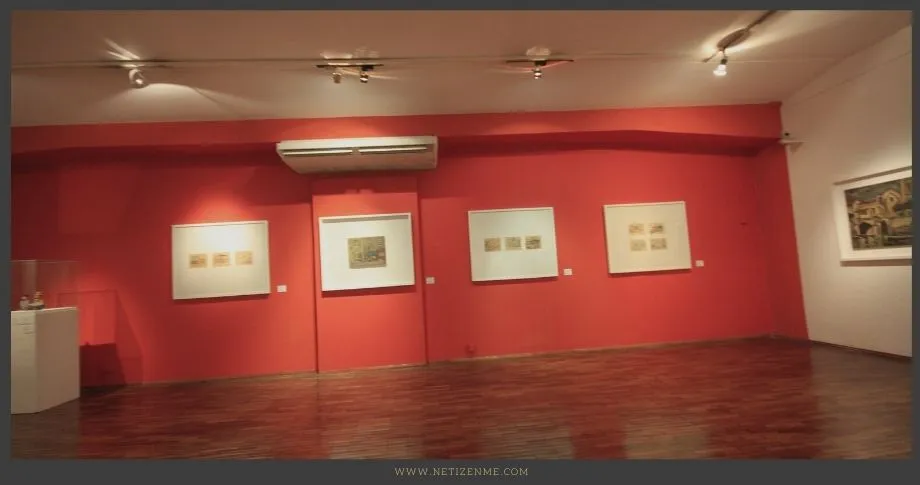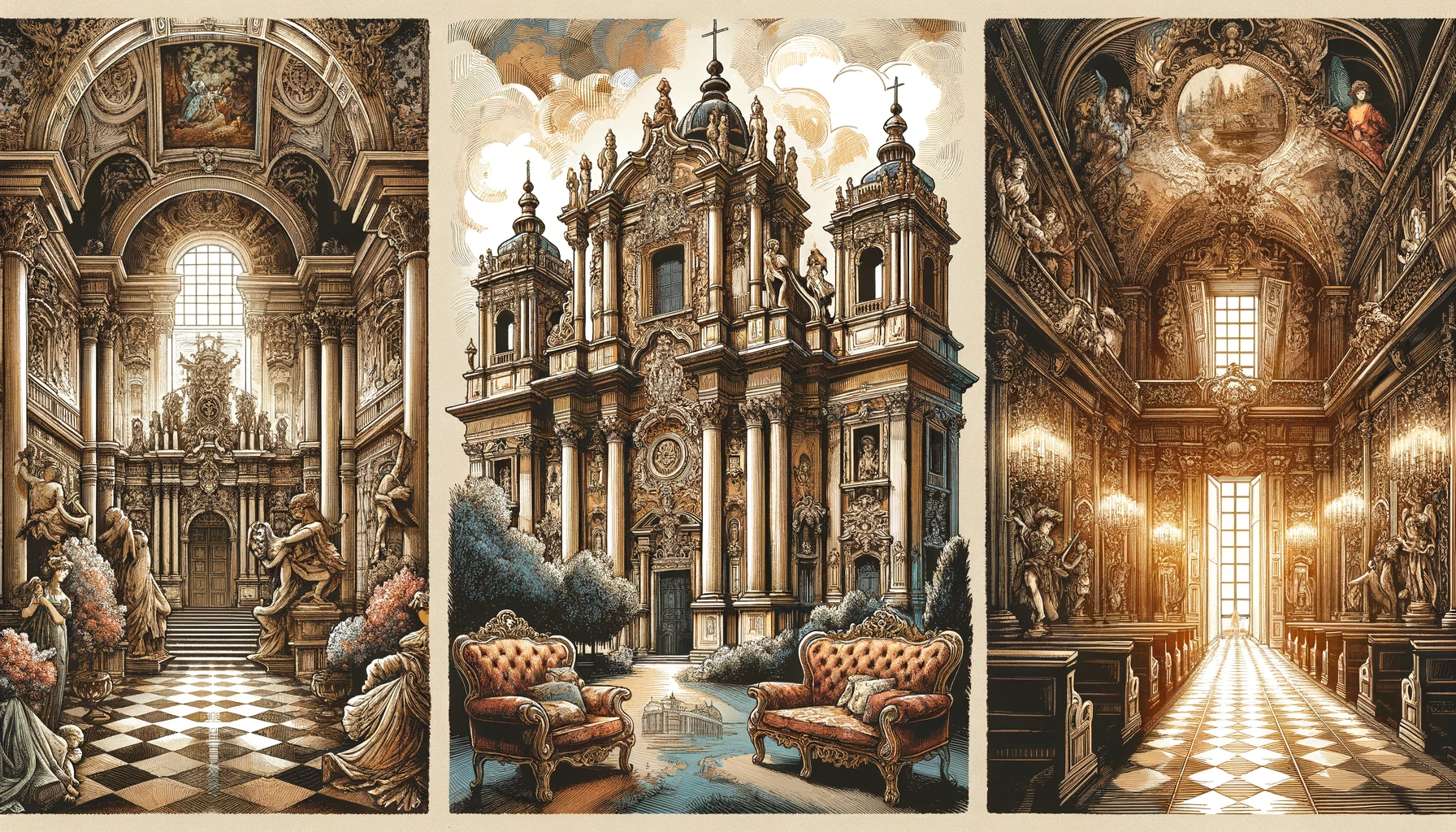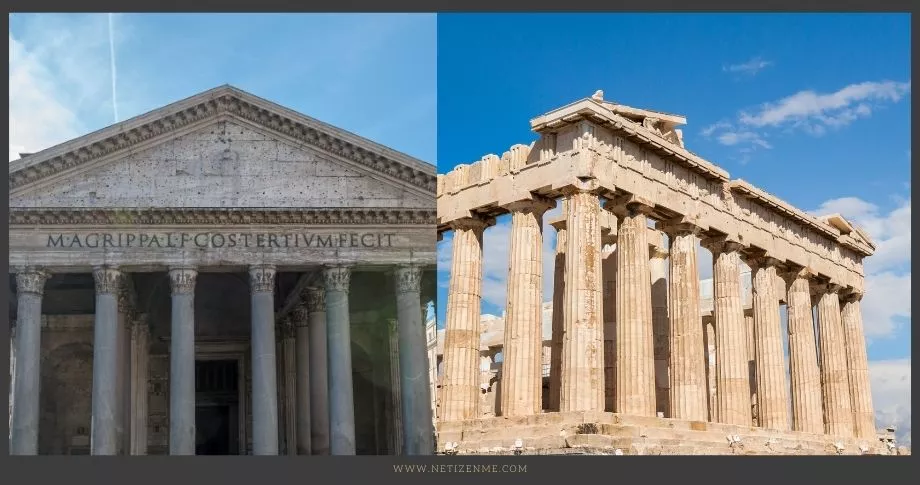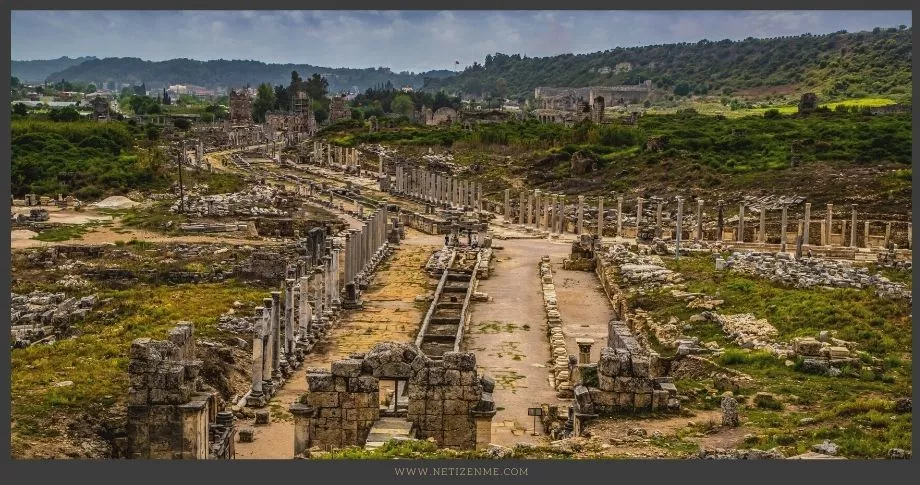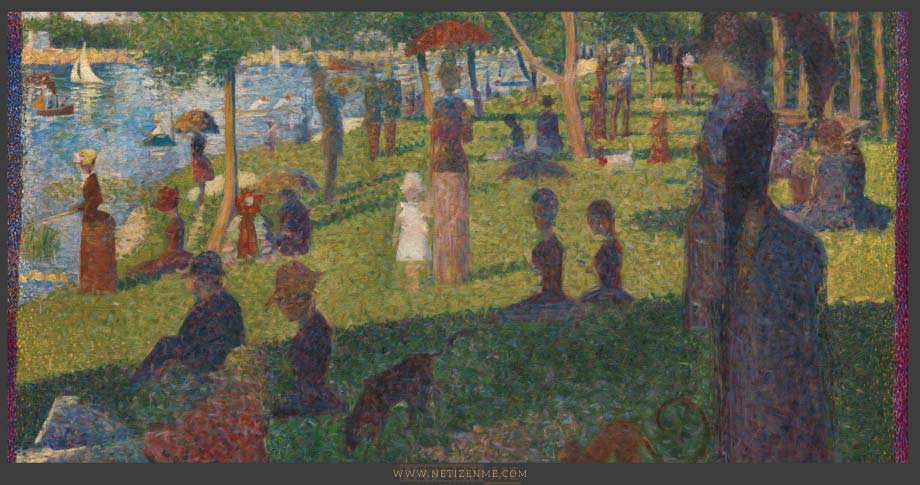Visual art is a type of art that uses visual images to communicate ideas and feelings. What is visual arts? It can be paintings, sculptures, or photographs. Visual artists use different techniques to create their works. Some use color, and others use lines, light, and shadows. Visual art can be beautiful and peaceful or exciting and dynamic. It can inspire people to think critically about the world around them, or it can just make them feel good.
Defining power of Visual art
The number one defining power of Visual art is its ability to create ample room for judgment, analysis, and other logistics. This ultimately improves skills and further knowledge for the artist and the viewer.
Visual art uses lighting, scenery, emotion, and grandeur, making it more interesting during the 18th and 19th centuries. There was also the application of a strong central focus in each painting that is meant to evoke emotions, morals, and social virtues.
Colors are undoubtedly a fundamental part of art creation because they add life and many slices of realism. Visual art involves somber colorization to convey its message effectively, but it is used uniquely.
The artist uses important elements of this type of art to depict his/her details and information. They include shapes, textures, materiality, values, and colors. They have the power to influence the viewer’s perspective, and it also helps them to absorb the art easily.
Creating Different Perspectives
Visual art can create different perspectives by tapping into human nature and exploring subjectivity, bringing more value and materialism into the artist’s work. Since visual art entails only what the eyes should be able to assimilate, it is safe to say that this style is closely related to various art forms such as crafts, sculptures, architecture, digital printing, video, and filmmaking.
Through the 18th and 19th centuries, art lovers and admirers appreciated visual art and its values, and it quickly became a major cultural movement that spurned many books and artworks. These books explored the in-depth ideologies of visual art and its interconnection with a handful of prominent groups like the Freemasons.
Well-renowned artists like Francisco de Goya and John Copley treated this piece with grace, evident in their best works. Also, visual art successfully influenced that era’s social and political direction, which was observed in many regions such as Europe, America, India, and Iran.
Modern Visual art
Modern Visual art is a type of art that was created in the 20th century. It is often called Post-Painterly or Expressionist because it is full of expressive lines and shapes. Artists in this movement include Vincent van Gogh, Paul Cézanne, and Georges Seurat. These artists were influenced by the French Impressionists, who used light and color to create beautiful landscapes and city views. Modern Visual artists often use bright colors to express their emotions.
Visual art is an important part of any artist’s toolkit. It can help you to develop your imagination, improve your spatial reasoning, and learn how to make abstractions. Learning visual art can also help you better understand the world around you. This is especially true if you want to become a painter or sculptor. To succeed in either of these disciplines, learning the basics of visual art is important. This includes learning how to create compositions with balanced elements and creating believable textures. Along these same lines, you should also learn about mediums and processes. This will allow you to experiment with different techniques and better understand how they work. Finally, mastering visual art requires time and practice. If you put in the effort, Visual art can benefit your personal growth and artistic expression.
Reference: (Equally Efficient Modes of Communication: Comparing Visual Arts and Speech | Ultius, 2014)
This article is written by:
Our professional writers and editors are passionate about sharing high-quality information and insights with our audience. We conduct diligent research, maintain fact-checking protocols, and prioritize accuracy and integrity to the best of our capacity.
You can cite our articles under the author name "Netizenme"
